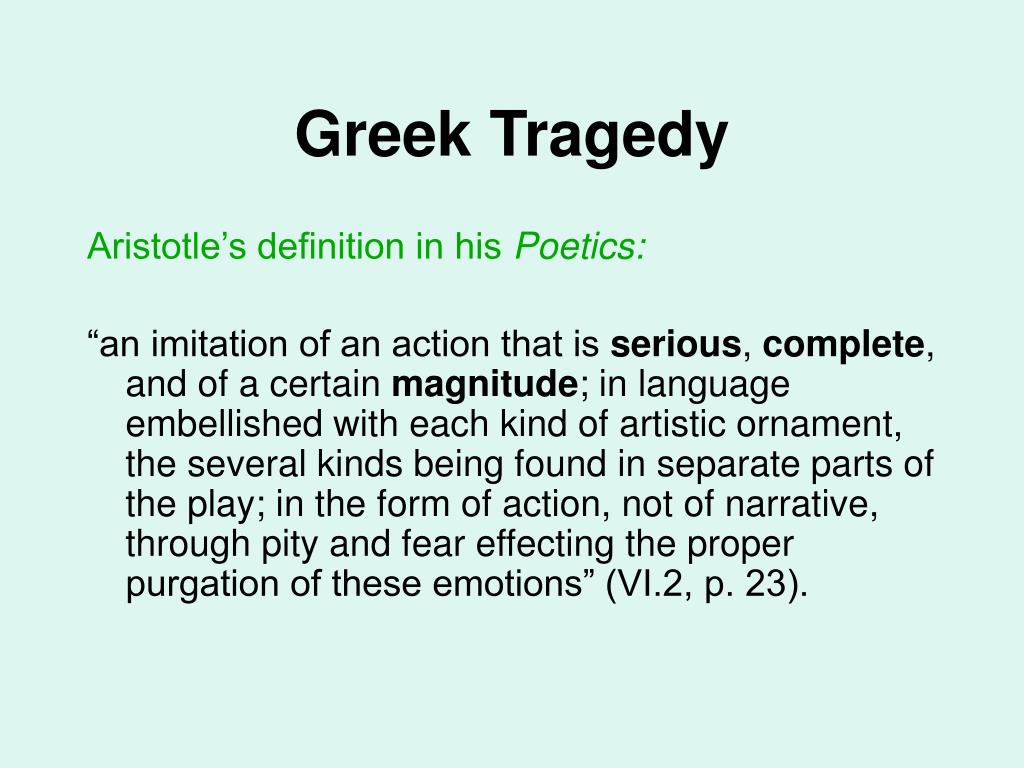

David here touched on a familiar theme in the Bible: the idea that God uses otherwise weak things to display His glory and strength. Now, he considers that the power and glory of God can be seen in small children – babes and nursing infants – as God’s strength is evident in them. Out of the mouth of babes and nursing infants You have ordained strength: In the first verse, David considered the greatness of God by His evident power and glory in creation, both across the earth and in the heavens. That You may silence the enemy and the avenger.Ī. Out of the mouth of babes and nursing infants (2) The glory of God in His strength over His enemies. Who have set Your glory above the heavens: At the same time, the earth was not enough to measure the glory and excellence of God. His name is excellent…in all the earth.Ĭ. How excellent is Your name in all the earth: David also recognized that though the LORD was Israel’s covenant God, He was also God of more than just Israel. So Adonai is the Director, Ruler, Judge, Supporter of men.” (Clarke)ī. “ Yehovah Adoneynu O Jehovah our Prop, our Stay, our Support.… The root dan signifies to direct, rule, judge, support. It was a simple, straightforward, and common way to say that “Our God is our Master.” O LORD, our Lord: Here, David recognized both the covenant name of God ( LORD) and the position of Yahweh to His people ( Lord). Who have set Your glory above the heavens!Ī. How excellent is Your name in all the earth, (1) The glory of God in the earth and the heavens.

In this psalm David speaks of the glory of God, and how the glory of man and his destiny reflect upon God. It indicates the audience of the psalm ( the Chief Musician), the author of the psalm ( of David) and the sound of the psalm ( the instrument of Gath). Their popularity will no doubt continue for a long time.The title of this psalm reads, To the Chief Musician. Strophic songs are easy to learn and remember. It has even been adopted by popular music. Most folk music is strophic, many hymns are strophic, and concert composers use the form as well. There may or may not be a refrain included. In a strophic song, the same music is repeated for different verses. The strophic song form is a simple form that has been around for centuries. Just write a great tune and you’re all set! Lesson Summary Most composers have dabbled with the strophic form because it is so easy to use. He also composed strophic choral works, most notably the motet ‘Ach, arme Welt’. This was a little unusual – there were other, more popular aria forms.And the German Romantic Period composer Johannes Brahms used the strophic form for nearly half of his art songs. In these cantatas, Buxtehude wrote twelve strophic arias for solo voice. The German Baroque Period composer Dietrich Buxtehude composed cantatas for the Lutheran worship service. The strophic song form has been heard in the concert hall and in churches throughout the centuries. Some popular examples include Simon and Garfunkel’s ‘Bridge Over Troubled Water’ and Bob Dylan’s ‘Blowin’ in the Wind’. The strophic form has been used in pop and rock music as well, although it’s not as common as it once was. After each of the five verses, a refrain beginning with the line ‘I surrender all’ is repeated to the same music.Many folk songs also use the strophic form.Ĭhildren’s songs like ‘Old MacDonald Had a Farm’ use a strophic form because the repetition makes the songs easy to learn. And ‘I Surrender All’ is a hymn that uses a refrain with the strophic form. The hymn ‘Amazing Grace’ is a strophic hymn the same music is sung for each of the seven verses of the poem. This most frequently occurs at the end of the song, but refrains may be used at the beginning or in the middle of the song as well.Common examples of the strophic form include hymns and folk songs.

In the refrain, the same text is sung to the same melody for each repetition.

The song may include a chorus or a refrain. A strophic song uses the same melody repeated over and over, with different text for each repetition. One of the most simple is the strophic form. There are dozens of forms with many variations. Most songs have a form, which is just the manner in which the different parts of the tune are arranged. * All Partners were chosen among 50+ writing services by our Customer Satisfaction Team


 0 kommentar(er)
0 kommentar(er)
